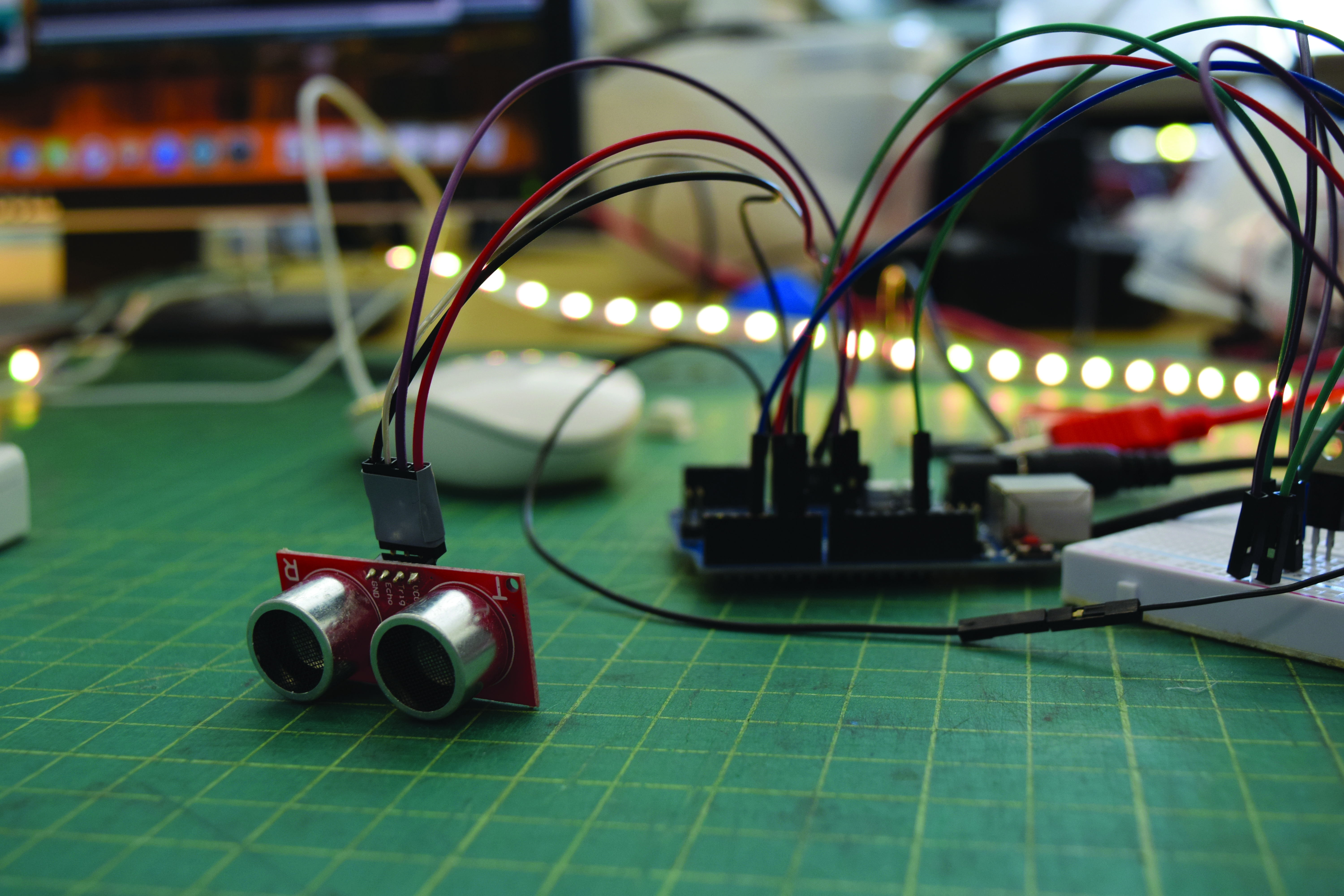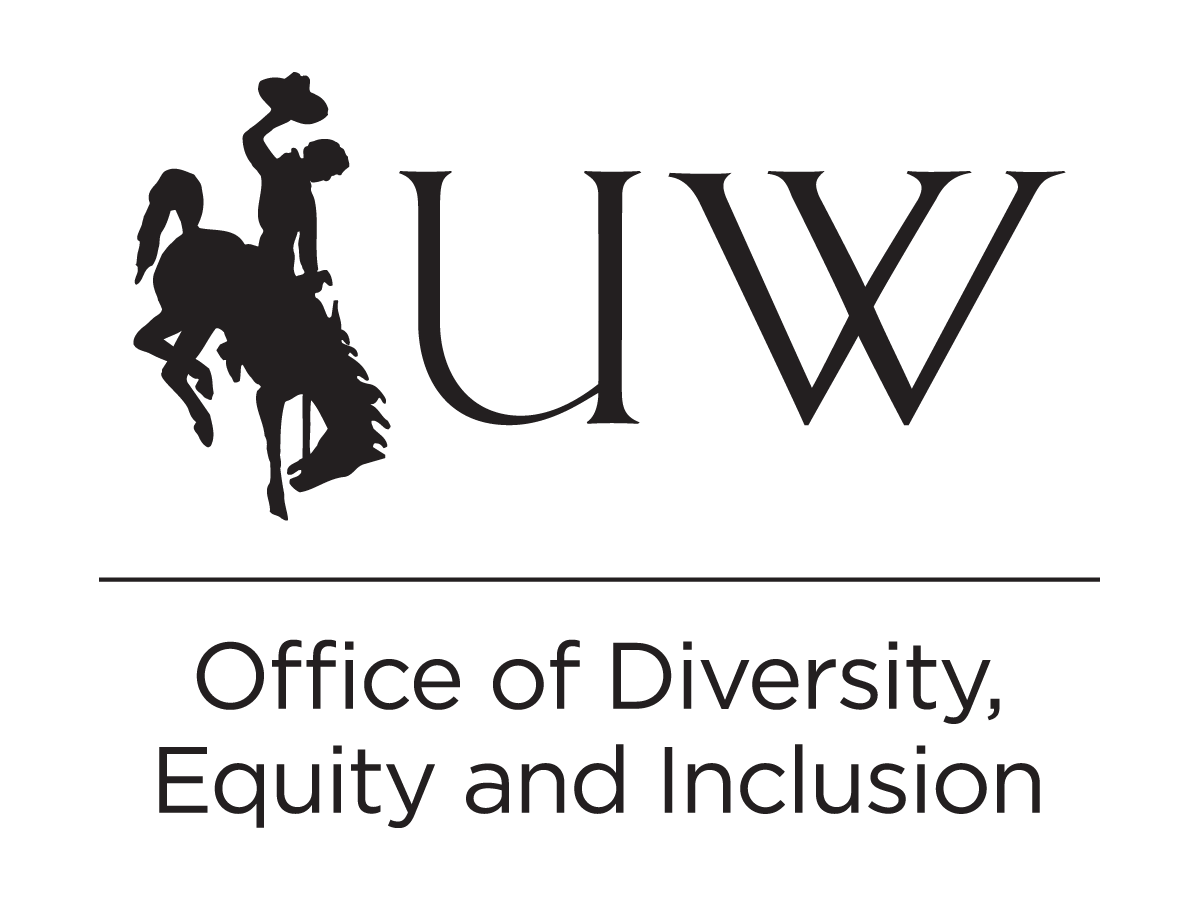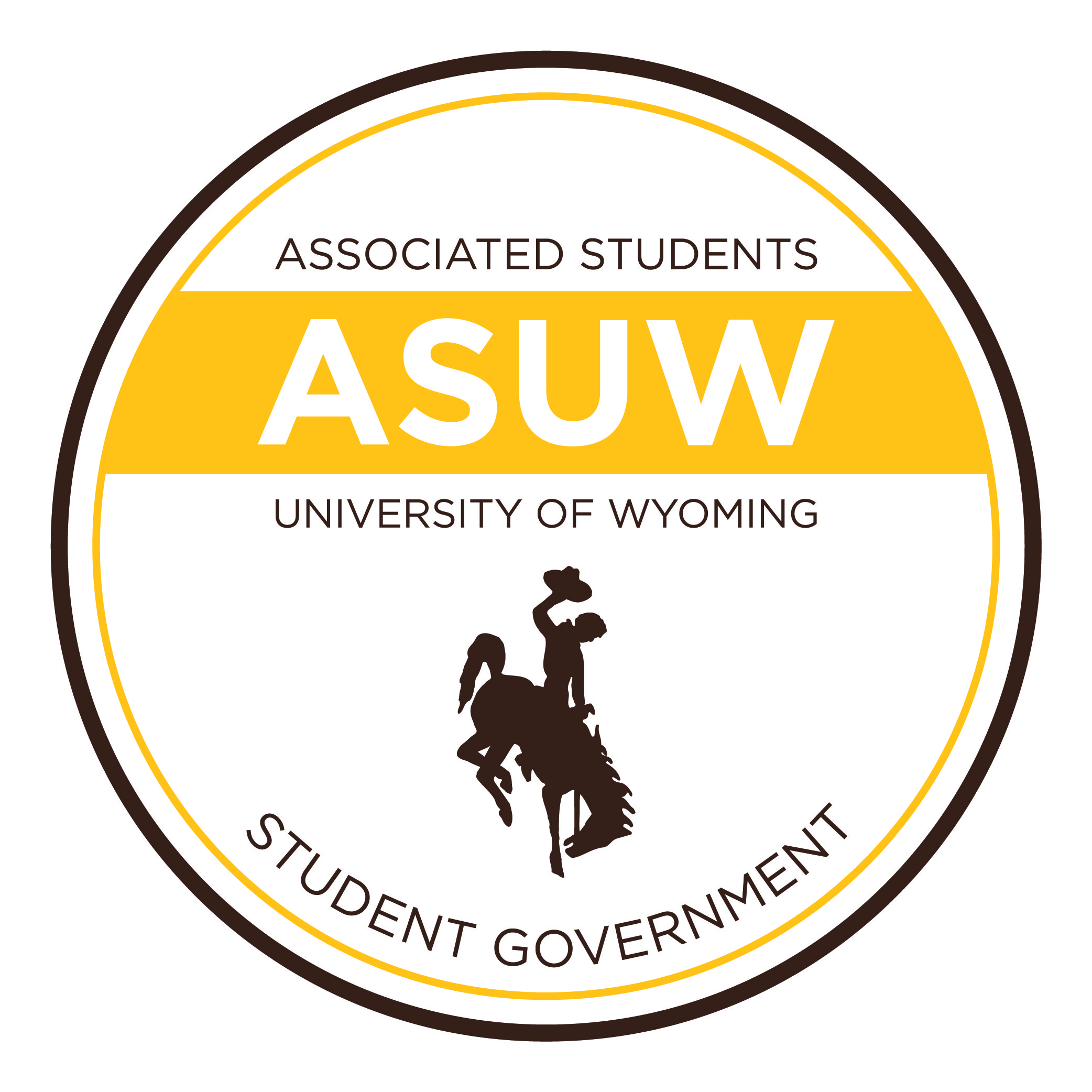Innovation, creativity and the interdisciplinary approach to research is part of the dynamic mixture of academic fields and research at UW, which mirrors a statewide push for economic engines to cooperate and support Wyoming’s economic needs.
A new economic philosophy is taking shape in Wyoming under an umbrella of overlapping needs and UW students are poised to reap the rewards and begin the process of keeping our most valuable resource, young driven individuals, in the state.
“There was a need to come up with a new framework for fostering cooperation across disciplines,” University of Wyoming Dean of Engineering Michael Pishko said. “We’ve been trying to shift our research and design from a compartmentalized system to one that overlaps across disciplines.”
There are different kinds of innovative design projects being carried out by those primarily studying in the school of arts and humanities.
“Currently we’re putting together a Sci-Comm Initiative that would include working with a group of people from across disciplines on campus using art and science,” UW Assistant Professor of Graphic Design and Emergent Technology, Brandon Gellis, said. “We’re trying to create a cohesive delivery system that uses the arts and technology to translate for everyone what science and math communicate.”
At UW’s Visual Arts building, students have access to traditional printmaking, photography, jewelry and metalsmithing. Between these fine art labs are the graphic design lab and the fabrication lab, relatively new additions to the canon of foundational art studios. The fabrication lab provides a space for 3D modeling, hardware and software coding application and creative synergy between function and form.
UW is making plans for more RSOs and degree options that overlap innovation and marketability, such as a new Business Entrepreneurship minor that may be built on to existing degree programs. Students can work with their advisors and professors to see how to diversify their experience with UW’s existing innovative technology centers.
“The Coe Student Innovation Center (CSIC) is hosting an open house for newly admitted students next week, on Feb. 23,” Director of the Coe Makerspace, Tyler Kerr, said. “We’re introducing this material early to students across all degree fields.”
Kerr’s background before directing the CSIC while concurrently based in geological science said the imaging technologies and many other components overlap.
Gellis uses emergent technologies to create art and art to communicate about science.
“The ultimate goal is to build equitable relationships between art and science for the strength of the community,” Gellis said. “We’re on the verge of gathering feedback about engagement and communication at UW for a university-wide effort to mix science and communication.”



